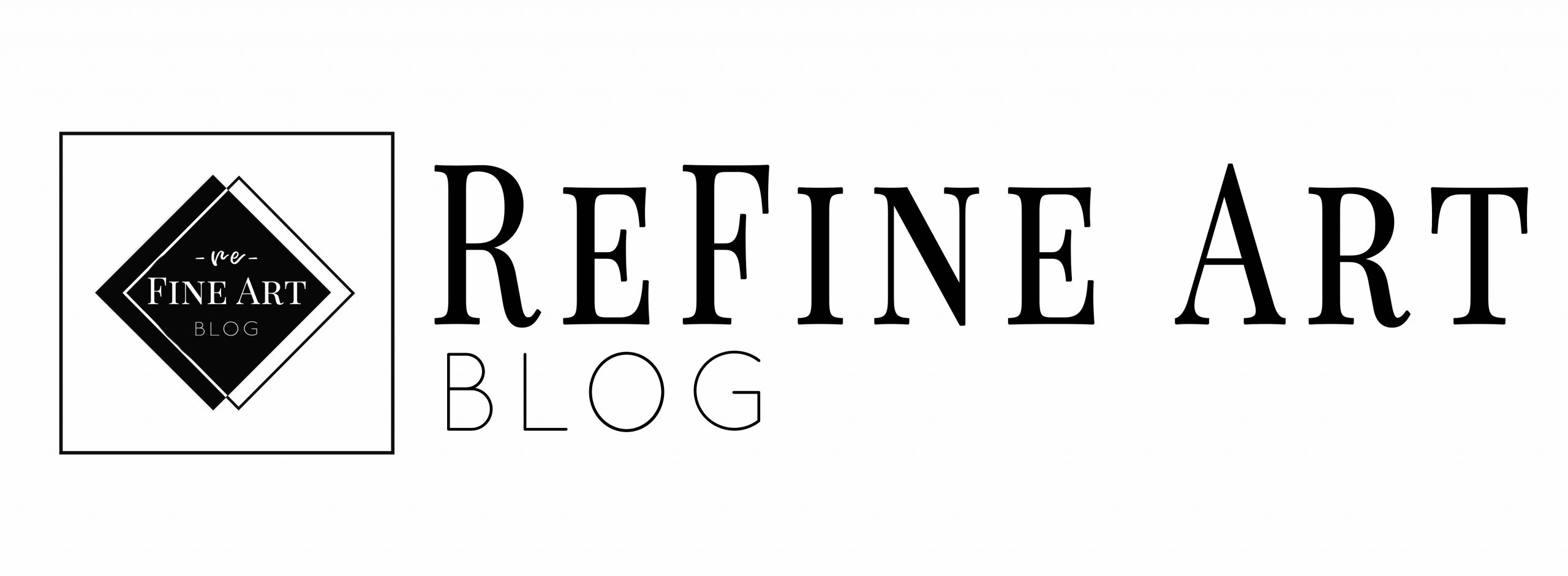Hi guys! It’s been a while since I used my gouaches and I almost forgot how both fun and challenging they can be. So here’s a little abstract sketch in my Moleskine Sketchbook just to keep thing interesting and remind myself how to work with gouaches.

First of all, let’s define what a Gouache paint is! It’s an opaque paint that can come both in tubes and in pans, very similar to watercolor, but unlike watercolor it likes to be applied in thick layers like acrylic paint. It has a pasty buttery feel and looks a bit glossy when wet, but dries to a mat finish. A lot of illustrators like gouache paint for its ability to create nice opaque layers when you can work from dark to light (meaning being able to start with darker areas and build your midtones and highlights as you go). It can be thinned down with water, but be careful with that! A lot of water makes gouache paint leave streaks and dry unevenly. You want it to remain its authentic quality. I only use a bit of water to keep my gouaches workable because they dry really fast! Also keep a spray bottle on hand just to rewet the pallet once in a while.
I decided to do a little abstract study without thinking too much about the subject matter. It usually helps me to concentrate on the medium better and figure out how to work with it without stressing out too much about getting the subject looking right.
I started by establishing the main colors first and then started adding the lighter transitions. Notice that gouaches dry quickly and if you want to blend colors on your paper while you paint, you have to do it quickly or otherwise you will have to layer the colors. You can always rewet the layers, but be careful with how much water your paper can handle so it doesn’t buckle too much ( I recommend at least using mixed media paper somewhere around 100lb or more).
I tried a few different techniques for this painting. I used opaque layers and I also used almost dry brush to add more transparent layers on top, it added a bit softer look and nice transitions between colors. Depending on the Brand of your paint, some gouaches can be more opaque and some more transparent. For example, I noticed that Winsor and Newton designers gouaches have a very nice opaque look, while DaVinci gouaches are a bit more transparent ( I had a hard time achieving nice white areas with their Titanium White), but both can be a good thing depending on what effect you’re going for. So experiment with a few brands and see what you like more.

Also, always make color swatches for your paints. It helps you to see how each paint behaves and how it looks when dry, because some colors dry to a lighter finish and some dry to a darker finish.
Here’s a short painting time-lapse. I will list all the supplies below! Feel free to ask any questions in the comment section below. Enjoy!
Here’s the list of supplies.
Paints:
- DaVinci Gouache Titanium White
- DaVince Gouache Sap Green
- W&N Gouache Permanent Yellow deep
- W&N Gouache Flesh Tint
- W&N Gouache Spectrum Red
- W&N Gouache Red Ocher
- W&N Gouache Burnt Sienna
- W&N Gouache Prussian Blue
- Royal Talens Gouache Lemon Yellow
- Royal Talens Gouache Rose
- Royal Talens Gouache Black
You can purchase these paints from Blick by using my affiliate link. I receive a little commission at no extra cost to you! http://www.dpbolvw.net/click-8893662-11904537
Sketchbook: Moleskine Sketchbook
Brush : Simply Simmons size 6
I hope you enjoyed this little tutorial and picked up something that you can use in your own gouache paintings. Please leave a comment below with your feedback or any questions you might have! I love hearing from you!
p.s. I use affiliate links and earn a small commission at no additional cost to you, this helps me keep this blog running and share free information with the world! 🙂

